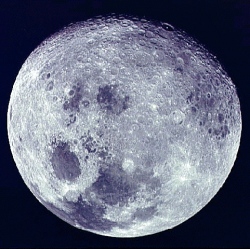
Laser communication demonstrated to space based systems will enable broadband communication to facilities on the moon and in high orbit around the Earth.
The Laser Communications Relay Demonstration (LCRD) will demonstrate optical communications relay services between GEO and Earth over an extended period, and thereby gain the knowledge and experience base that will enable NASA to design, procure, and operate cost-effective future optical communications systems and relay networks.
NASA’s Lunar Laser Communication Demonstration (LLCD) set record using a pulsed laser beam to transmit data between moon and Earth over a distance of 239,000 miles at a record-breaking download rate of 622 megabits per second (Mbps).
NASA’s LLCD, aboard $280-million- lunar mission LADEE (Lunar Atmosphere and Dust Environment Explorer), uses laser instead of radio waves. LLCD also showed an error-free data upload rate of 20 Mbps sent from the primary ground station located in Mexico to the spacecraft LADEE that is currently orbiting around the moon 380,000 kilometers away.
SCaN has made a considerable investment in the 10 cm optical module design being used on both the Lunar Laser Communications Demonstration (LLCD) and the Laser Communications Relay Demonstration (LCRD)
In the optical module there are minor differences between the two. The major difference is in the modem (DPSK at 1.244 Gbps for LCRD and PPM at 622 Mbps for LLCD)
